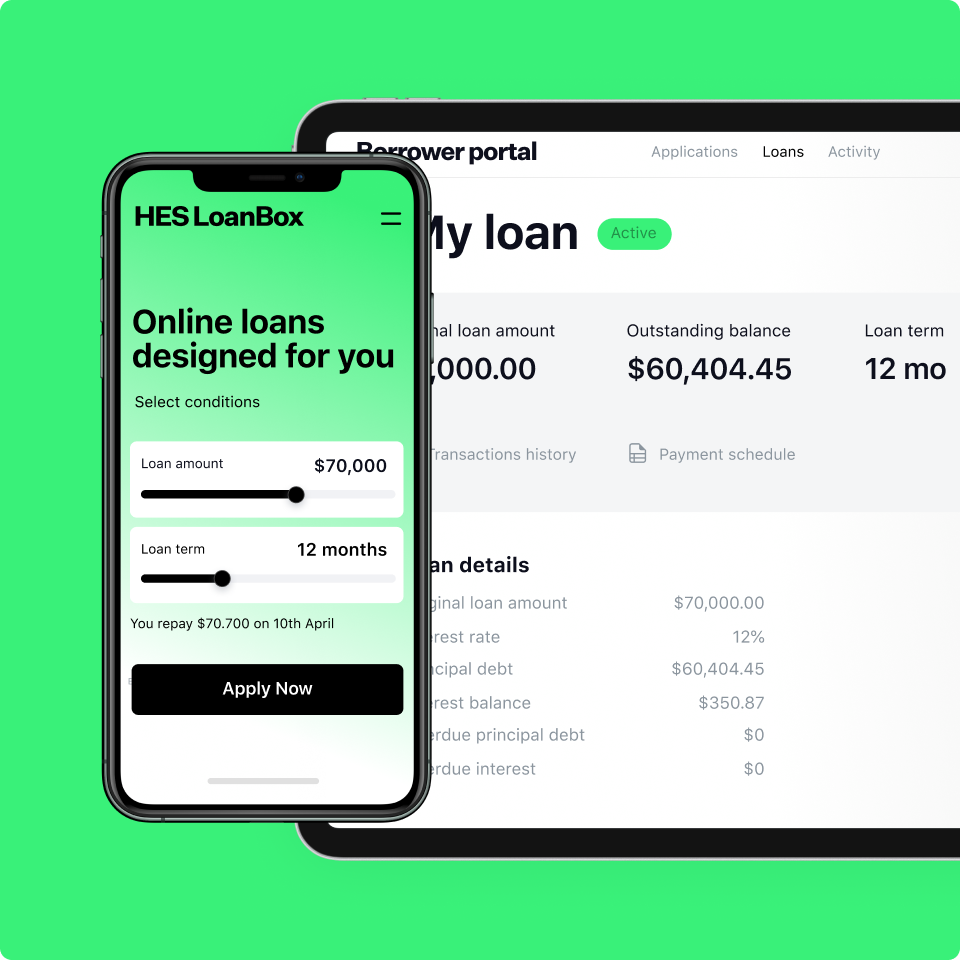Banking Cyber Security: How to Provide Safe Online Loans Finances and banking are heavily regulated fields, especially when we are talking about data security. But yet, 8 out of 10 adults in the US are afraid that businesses can’t secure their personal financial information. And this fear may be one of the obstacles on the way to becoming a loyal client.
That’s why today we’ll talk about how to prove to your clients your business is trustworthy and explain how you process their data.
Comply with the laws and regulations
The privacy of consumer financial information is regulated by many different legal documents. The most known of them are:
- PSD2. Payment Services Directive standardizes the strong customer authentication requirements and introduces payment service rules for all companies working with EU citizens. At the same time, this document made open banking possible and more efficient.
- PCI-DSS. Payment Card Industry Data Security Standard is a global standard that protects payment card data.
- GLBA. GBLA stands for Gramm-Leach-Bliley Act, also known as the Financial Services Modernization Act. This act operates in the USA, and compliance with its requirements is mandatory for all financial institutions. It regulates and protects nonpublic personal information gathered by commercial banks, investment banks, securities firms, and insurance companies.
- GDPR. General Data Protection Regulation is another document that applies to all companies working with residents of the European Union. This regulation protects customers’ rights and gives them control over the information the company can gather, store, and sell.
- NYDFS. The New York Department of Financial Services regulation obliges financial companies to protect the sensitive personal data of their clients from cyber-criminality.
KYC and AML Processes or How Automation Improves Compliance in Lending These five financial data protection laws are the most known but not the only ones that can influence financial institutions. Most countries have other local financial privacy acts to protect confidential information.
These documents regulate not only how you should gather, store, and protect data but also how you inform your clients about these processes and how much control they have. For example, according to GDPR, your clients should give you their consent to process their data, and they have the right to access and delete this information at any time.
Following the legal requirements of your country and respecting the right of customers to make informed decisions is the first step to increasing your trustworthiness among potential clients.
Add visual elements of security
How to Avoid Fraud in Digital Lending When your potential client visits your website and fills in, for example, a loan application form on your loan servicing platform, you can increase their trust by adding security elements they can see. Here are two examples of how you can do it:
- Use HTTPS protocol instead of HTTP. This is the most basic and easy switch that will show users that you have enabled encryption and verification. Otherwise, your potential clients will get a notification from their browser that this connection isn’t secure. This may cause reputational damage to your financial services by showing vulnerabilities in data privacy mechanisms.
- Display security badges. Do you accept payments using Stripe tools? Or maybe you have been verified by PayPal? If you have any agreements or certifications that prove your trustworthiness, it may be a good idea to make them visible. One of the easiest ways to do it is by placing trust badges on your website.
Offer extra security tools
Some people prefer to have full control over the security of their finances and data. To meet their needs, you can implement extra security tools that can be enabled by users, for example:
- Two-Step Authentication. If the user wants to take extra care of their financial data security and prevent access to their accounts, they can enable two-step authentication. To offer this feature, you can set up integration of your consumer credit software with Google Authenticator, for example. So users will need to use the code from their mobile app to complete the login.
- Biometric identification. Another option you can offer is login and payments with biometric verification. The most common types of such identification are fingerprint or facial recognition, but you can also implement recognition by voice for extra security during phone calls with your clients.
- Implement credit card fraud prediction mechanisms. Some AI-based solutions allow financial institutions to analyze customers’ transactions and prevent potential fraud. If the software detects suspicious operations, it can request additional security checks for this transaction.
Looking for a top-notch platform for lending?
Keep an eye on your company’s reputation
From the technical side, financial data security has nothing in common with brand reputation, but people rarely make their decision on rational facts only. Financial decisions are one of the most important ones for your potential clients. And so-called social proof plays a significant role in choosing the company in the long-term run.
According to research, around 70% of users check reviews before purchasing a product or service. And the more important the decision is, the more research people do. They check Google reviews, ask about potential lenders on Reddit and ask their friends and family for advice.
Depending on your business, you can place reviews on your website, integrate your software with Google reviews, or track what people are talking about your company using special software. In all cases, you need to remember that most review platforms don’t allow deleting negative reviews but will let you react to them and write an official answer.
Explain how you use data in simple words
We are used to seeing these long terms and conditions, barely understandable by everyone but lawyers’, privacy policies, and bank data security protocols. No one reads them. However, it’s extremely important for users to understand why they need to share sensitive information, how it is used and stored, whether it is shared, and what rights they have. For example, if you use a lending software solution that is integrated with open banking, your borrowers should understand why they can be redirected to their bank website for authorization. You need to explain that it helps score their applications more effectively.
You can explain these details by writing a blog post or a disclaimer. There you can tell about tools you use to protect clients’ data and which actions you’d take in case your financial institution faces a data breach.
As you can see, It’s not that hard to increase trust in your company, even if you work in the financial sector. Just keep your internal processes transparent and easy to understand. And if you are looking for loan origination software that can help you automate lending, drop us a line, and our experts will offer you a solution suitable to your needs.



















